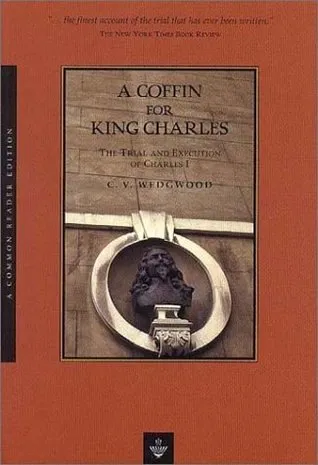A Coffin for King Charles: The Trial and Execution of Charles I
By (author): "C.V. Wedgwood"
Publish Date:
1964

ISBN1585790338
ISBN139781585790333
AsinA Coffin for King Charles: The Trial and Execution of Charles I
CharactersCharles I of England, Scotland and Ireland
Original titleA Coffin for King Charles
King Charles I was his own worst enemy. Self-righteous, arrogant, and unscrupulous, he had a penchant for making bad decisions. His troubles began the moment he ascended the throne in 1625 upon the death of his father James I. Charles simultaneously alienated both his subjects and his Parliament, prompting a series of events that ultimately lead to civil war, his own death and the abolition of the English monarchy. Charles' personal and family problems revolved around religion and a lack of money. His marriage to the Roman-Catholic French princess Henrietta Maria in 1625 did not please his Protestant subjects and led to suspicions of his motives. In 1637 he totally misgauged the sentiments of his Scottish subjects when he attempted to impose an Anglican form of worship on the predominantly Presbyterian population. Riots escalated to general unrest, forcing Charles to recall Parliament in 1640 in order to acquire the funds necessary to quell the Scottish uprising. The continuing civil unrest in the north forced Charles to again convene Parliament in December 1640. The following year the Irish revolted against English rule while the determination of King and Parliament to assert their authority over the other led to open conflict between the two in 1642.The tide of the Civil War ebbed and flowed for the next six years, culminating in the defeat at the Battle of Preston of Charles' army in August 1648 by Parliamentary forces under the command of Oliver Cromwell. The King was charged with high treason against the realm of England. At his trial, Charles refused to enter a plea. Notwithstanding the absence of a plea, the court rendered a verdict of guilty and a sentence of death declaring:"That the king, for the crimes contained in the charge, should be carried back to the place from whence he came, and thence to the place of execution, where his head should be severed from his body." Three days later, the king was led to the scaffold erected at Whitehall, London.